Bring the great outdoors indoors: create a natural oasis with houseplants
Enhance any room in your home with a splash of greenery
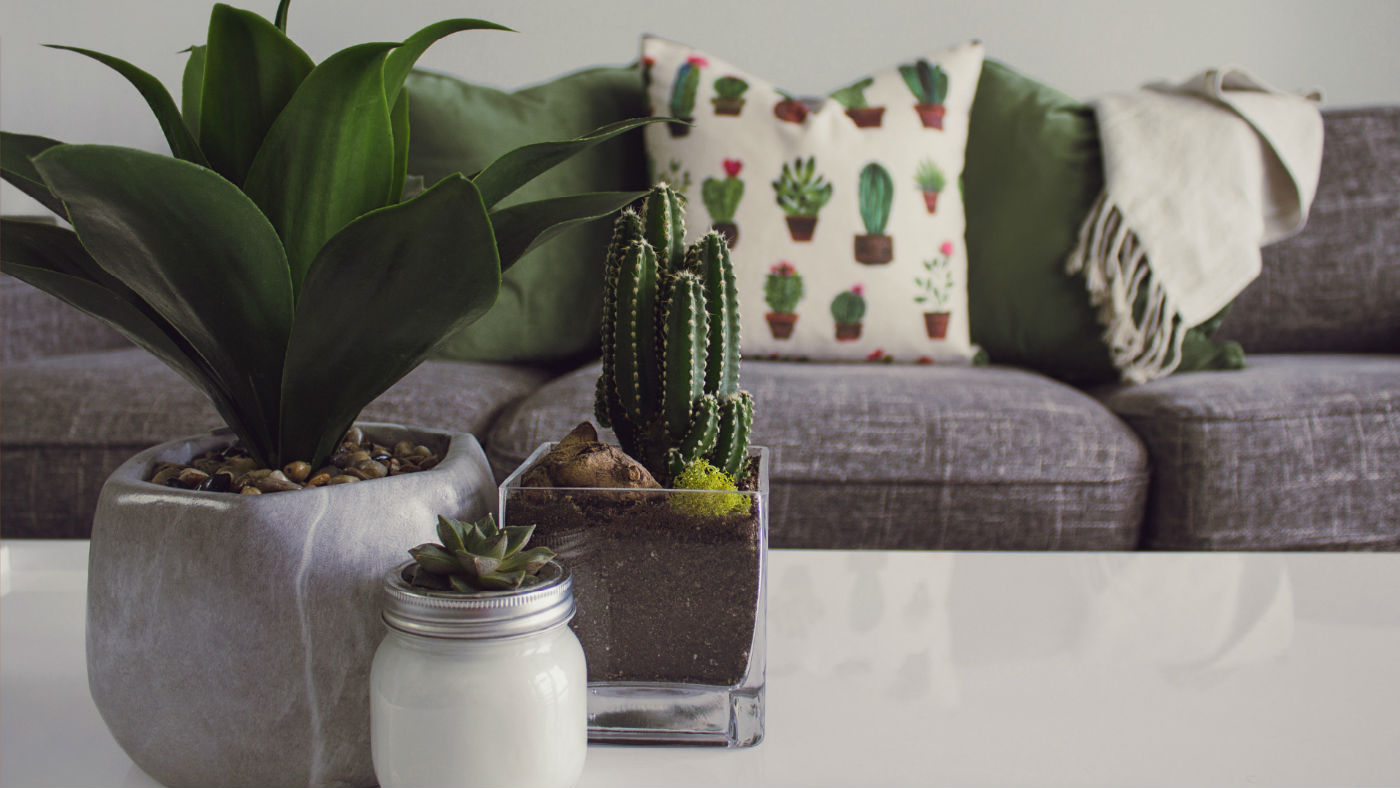
Scientific research says that time spent in a natural environment can have great benefits for your health and wellbeing.
According to a report published last year by science journal Nature, spending at least two hours a week outdoors is good for both body and soul.
Meanwhile, in a separate study in The Journal of Positive Psychology, researchers from the University of Regina in Canada found that just five minutes in nature can improve your mood.
The Week
Escape your echo chamber. Get the facts behind the news, plus analysis from multiple perspectives.

Sign up for The Week's Free Newsletters
From our morning news briefing to a weekly Good News Newsletter, get the best of The Week delivered directly to your inbox.
From our morning news briefing to a weekly Good News Newsletter, get the best of The Week delivered directly to your inbox.
So what does this mean now for millions of people who are spending hours and hours stuck indoors on lockdown?
It may not be the best time to suggest venturing into the wilderness, but there could be a simple alternative… get some houseplants.
Green fingers and healthy: the benefits of gardening
–––––––––––––––––––––––––––––––For a round-up of the most important stories from around the world - and a concise, refreshing and balanced take on the week’s news agenda - try The Week magazine. Start your trial subscription today –––––––––––––––––––––––––––––––
A free daily email with the biggest news stories of the day – and the best features from TheWeek.com
Plan your indoor oasis
Introducing more greenery will enhance any room in your home - as well as bringing the great outdoors, indoors.
Catharina Björkman, lifestyle expert at Swedish wood burning stove brand Contura, says: “Now is the perfect time to think about how you can add greenery and plants to your home in creative and interesting ways.
“Time spent indoors needn’t be wasted; instead plan your own indoor oasis and consider how plants can enhance the space and improve the overall layout.
“As a design element plants are incredibly versatile. Whether your home is minimal and clean, or eclectic and busy, plants do so much to soften and add texture. Think about them as you would a piece of art or an ornament, lifting and adding an extra dimension to the space.”
Björkman has put together her tips and advice on which houseplants to get and how to look after them.
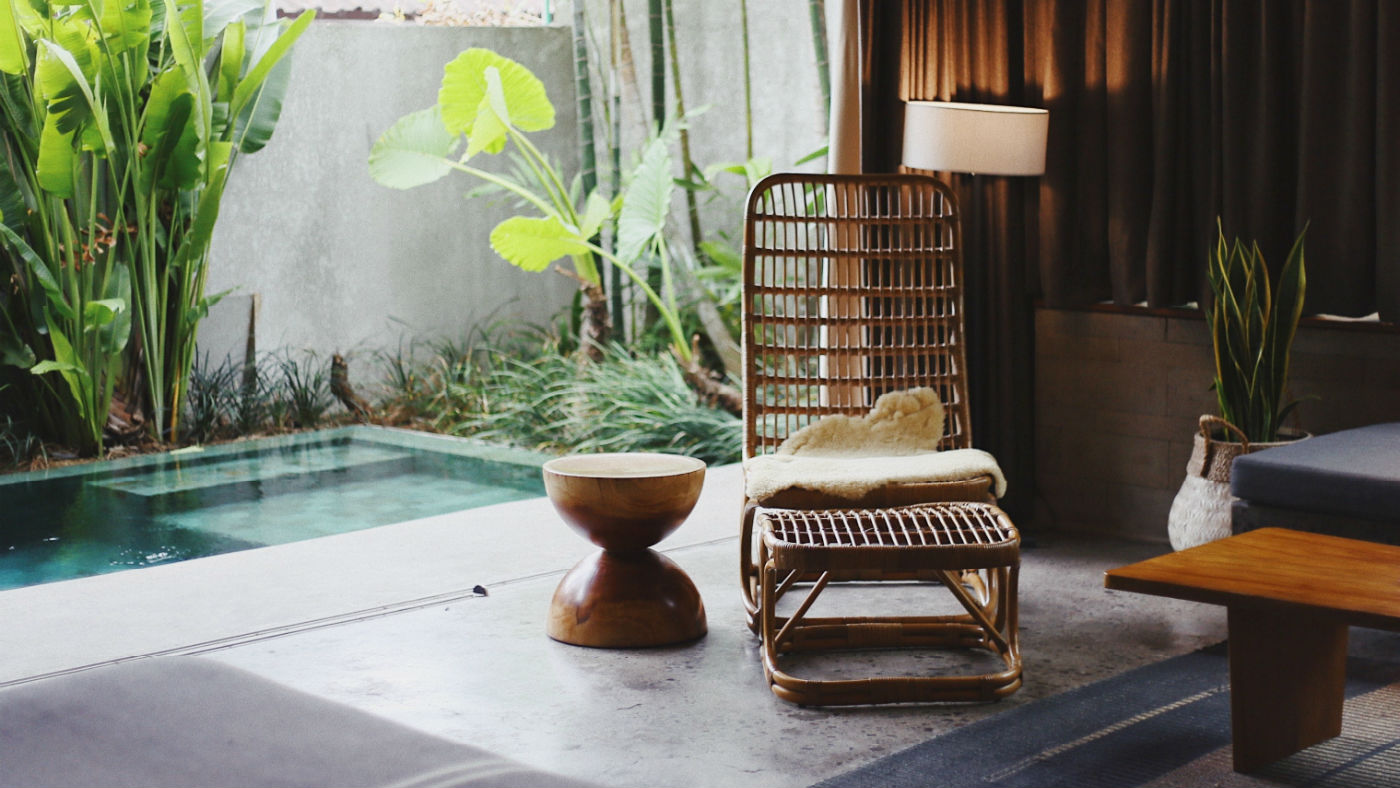
A guide to houseplants
Go green
The benefits of house plants and greenery indoors is twofold. Firstly, plants have air-purifying qualities, absorb CO2 and release oxygen back into their surroundings, while also filtering harmful chemicals. Secondly, plants have calming effects, helping to lower stress and boost wellbeing.
Which plants?
If you’re a green-fingered beginner, start with a fern, cactus, or the tall and thin-leafed mother-in-law’s tongue. Fig trees and dwarf olive trees thrive in sunny spots, whereas for dark corners, the likes of the prayer plant, Baltic ivy (a hardy type of English ivy) and asparagus fern (with soft leaves) are the best choice.
Other easy to care for plant varieties include bamboo, spider plant, aloe vera, succulents, snake plant and peace lily. For areas with little natural daylight, you can also opt for faux plants. Of course, while you get the visual perks, you don’t get the air-purifying benefits.
How to style plants
Grouping plants together gives a greater impact on a space. Stick with the odd number rule and group plants in threes or fives. Mix up how you style plants too, using a combination of hanging plants, wicker, wooden and stone pots to add texture and interest.
For a minimal uniform look, pick the same variety of plant. But if you want to group together along a mantelpiece, go for a mix of different heights and styles of plants - mixing up leafy with spikes and hanging plants.
Zone the space
A “plant wall” can effectively divide up the space to help create zoned areas, such as splitting the kitchen from the living room - this is particularly useful for studio or loft apartments. Keep in mind that a plant wall works best in uniform order, so use the same plant type with similar heights as this will also give the illusion of a more defined zone.
Similarly, for “living walls” use panels of plants grown vertically, either free-standing or attached to walls or trellises. This can provide a much-needed greenery boost into a home and create a clever dividing point. In rooms with poor or little natural light, faux foliage can still create an interesting look.
Natural materials
Bringing nature indoors doesn’t only apply to plants. Use materials normally found outdoors and make them a part of your home’s interior décor. Wood, wicker, rattan and stone all work well to bring an outdoor theme inside. A wooden, rustic style ladder can provide a great alternative to polished wood shelving, for example.
Add natural elements throughout the décor; seashells, jars of sand and bunches of branches can all make interesting focal points. Imitate nature by adding outdoor cues such as woody incense and fresh flowers for a floral smell. The same feeling of being relaxed and free in nature can be brought into your home by stimulating the senses.
Outdoor colours
Embrace a natural colour scheme for an understated, calming look. This can apply to the wall and floor colours, curtains and furniture. Use green to evoke the earth, grass and plants, blue for the sky and ocean, and yellow for the sun and flowers.
Neutral tones such as white, cream and beige will all make your interiors feel more natural, clean and fresh. Avoid cold, man-made materials and embrace wood, cork and bamboo flooring. These feel warmer underfoot and are a more natural, organic choice.
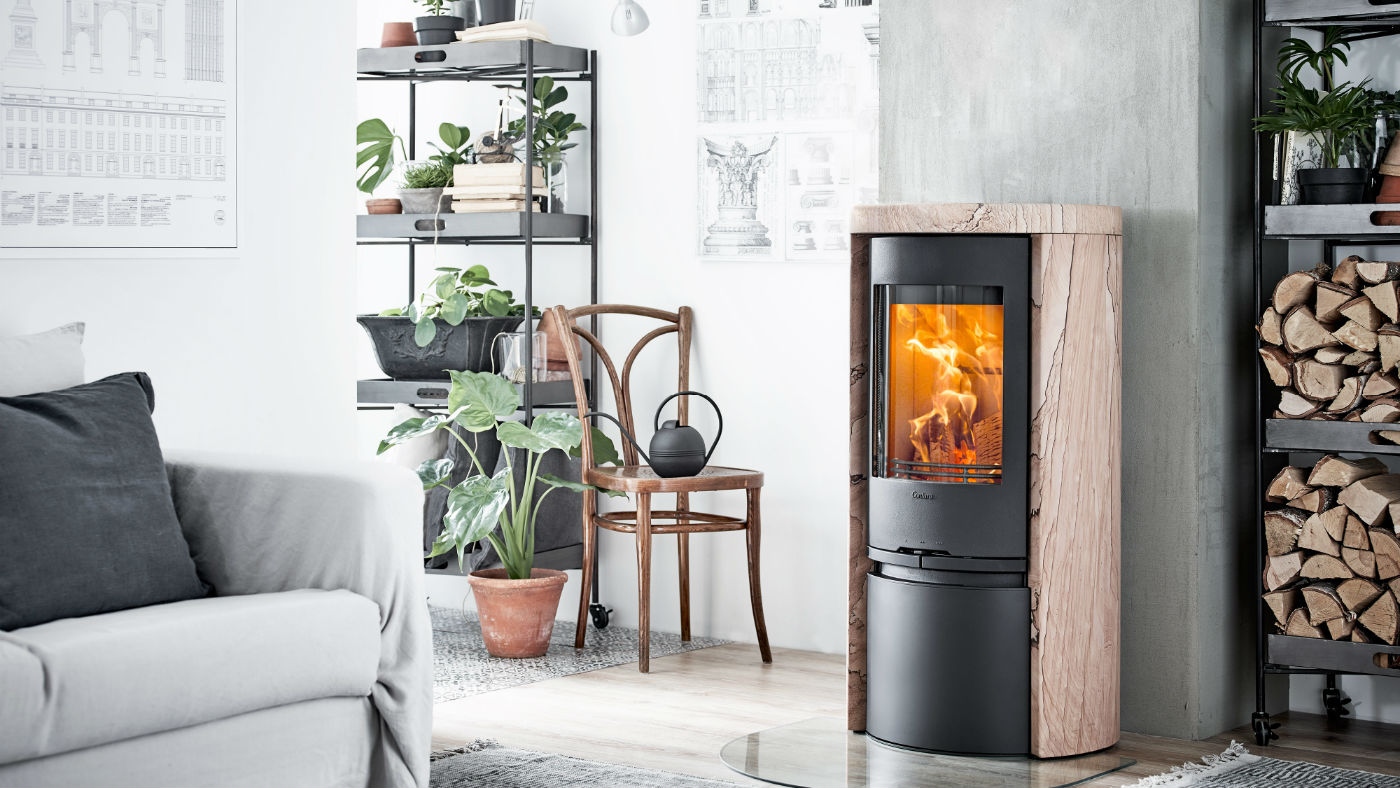
How to care for houseplants
Dust the leaves
We all know that plants need water and sunlight to flourish, but did you know that dusting the leaves is also important? Dust build-up prevents leaves from taking in optimal sunlight, which then impacts the photosynthesis process and lessens the plant’s ability to thrive.
To shine the leaves, you can use a cloth and combination of milk and water, or even the inside of a banana skin. Dust plants every few days for optimal sunshine intake and make sure to clean both the topside and bottom side of each leaf.
Rotate your plants
You may notice plants in dark places or positioned against a wall have duller coloured leaves and are not as strong as those facing the sun, so rotate plants between sunny patches so they each benefit from a dose of sunshine. Match your plant to where you have sunshine and/or shade.
Ivy, cactus, ferns and conifers all grow well in shaded areas, whereas flowering plants do better in sunny places. Resist the urge to place plants in direct sunlight as this can be too hot for some plant types. Instead rotate between lighter and shadier areas.
Troubleshoot any issues
The good thing about houseplants is that it’s easy to tell if they are struggling. Discoloured leaves, a drooping stem, no longer standing tall; there are plenty of signs to spot. However, there is no one solution when a plant isn’t doing well so it’s worth trying a few different things to try and restore it.
Sometimes it can be too much or too little water, so hold back on watering if you’ve been giving a plant a lot of water lately. Similarly, soak the plant and ensure it has drained well if you haven’t watered it for a while. The moisture content of the soil should indicate if a plant is due a water or not.
If they aren’t getting enough light, leaves will turn yellow or brown and be far slower to develop. Move the plant to a sunnier spot and give it a feed for an added boost. Check the soil surface and leaves for any bugs or mites and spray these with pest killer.
Cutting back and pruning
To help renew houseplants, particularly if they’re looking a bit tired, is to give them a haircut. Pruning helps with shaping, removes any dead leaves and flowers and results in new, stronger growth. The plant will be healthier if well-trimmed and maintained. It’s a bit like cutting split ends from our hair to allow new, healthier hair to grow.
For flowering plants, de-head dead flowers frequently as this will encourage new flowers to grow during each blossom cycle. Slow-growing or tree-type houseplants do not do well with major cutting back – avoid pruning palms, pines and orchids.
Gardening tools
All plant connoisseurs need a few items to hand to make caring for houseplants easy. A small pair of scissors for deadheading [removing dead leaves, stalks and flowers], plant feed to boost any sad looking plants and a water spritzer/sprayer are a few essential items. It’s best to wear a protective apron or clothes you don’t mind getting potentially dirty.
–––––––––––––––––––––––––––––––For a round-up of the most important stories from around the world - and a concise, refreshing and balanced take on the week’s news agenda - try The Week magazine. Start your trial subscription today –––––––––––––––––––––––––––––––
-
 8 restaurants that are exactly what you need this winter
8 restaurants that are exactly what you need this winterThe Week Recommends Old standards and exciting newcomers alike
-
 ‘This is a structural weakening of elder protections’
‘This is a structural weakening of elder protections’Instant Opinion Opinion, comment and editorials of the day
-
 4 tips to safeguard your accounts against data breaches
4 tips to safeguard your accounts against data breachesThe Explainer Even once you have been victimized, there are steps you can take to minimize the damage
-
 The end of leasehold flats
The end of leasehold flatsThe Explainer Government reforms will give homeowners greater control under a move to the commonhold system
-
 Why baby boomers and retirees are ditching Florida for Appalachia
Why baby boomers and retirees are ditching Florida for AppalachiaThe Explainer The shift is causing a population spike in many rural Appalachian communities
-
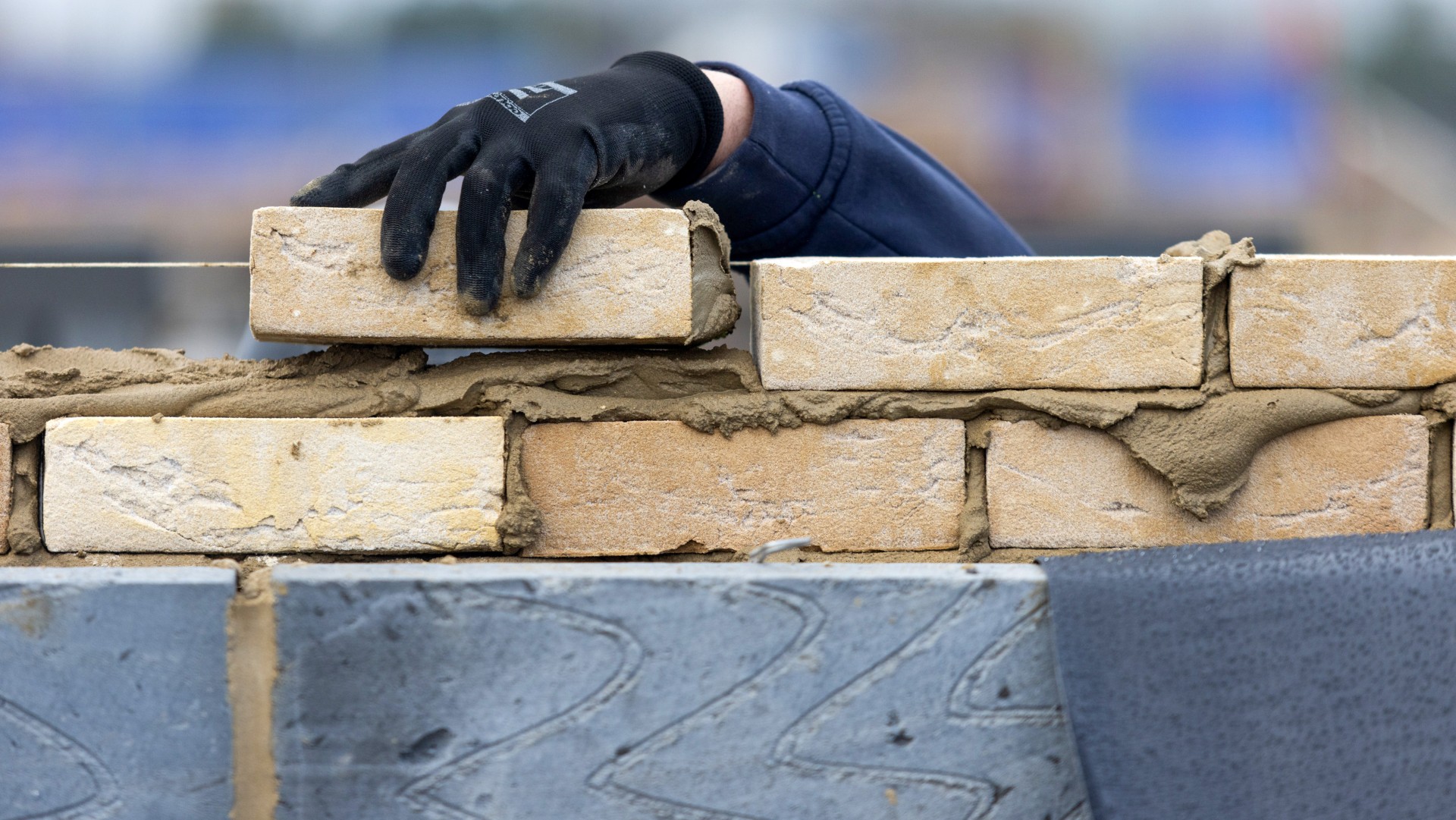 The pros and cons of new-builds
The pros and cons of new-buildsPros and Cons More options for first-time buyers and lower bills are offset by ‘new-build premium’ and the chance of delays
-
 How the Grenfell tragedy changed the UK
How the Grenfell tragedy changed the UKfeature Six years on since the government vowed to ‘learn lessons’ has sufficient progress been made?
-
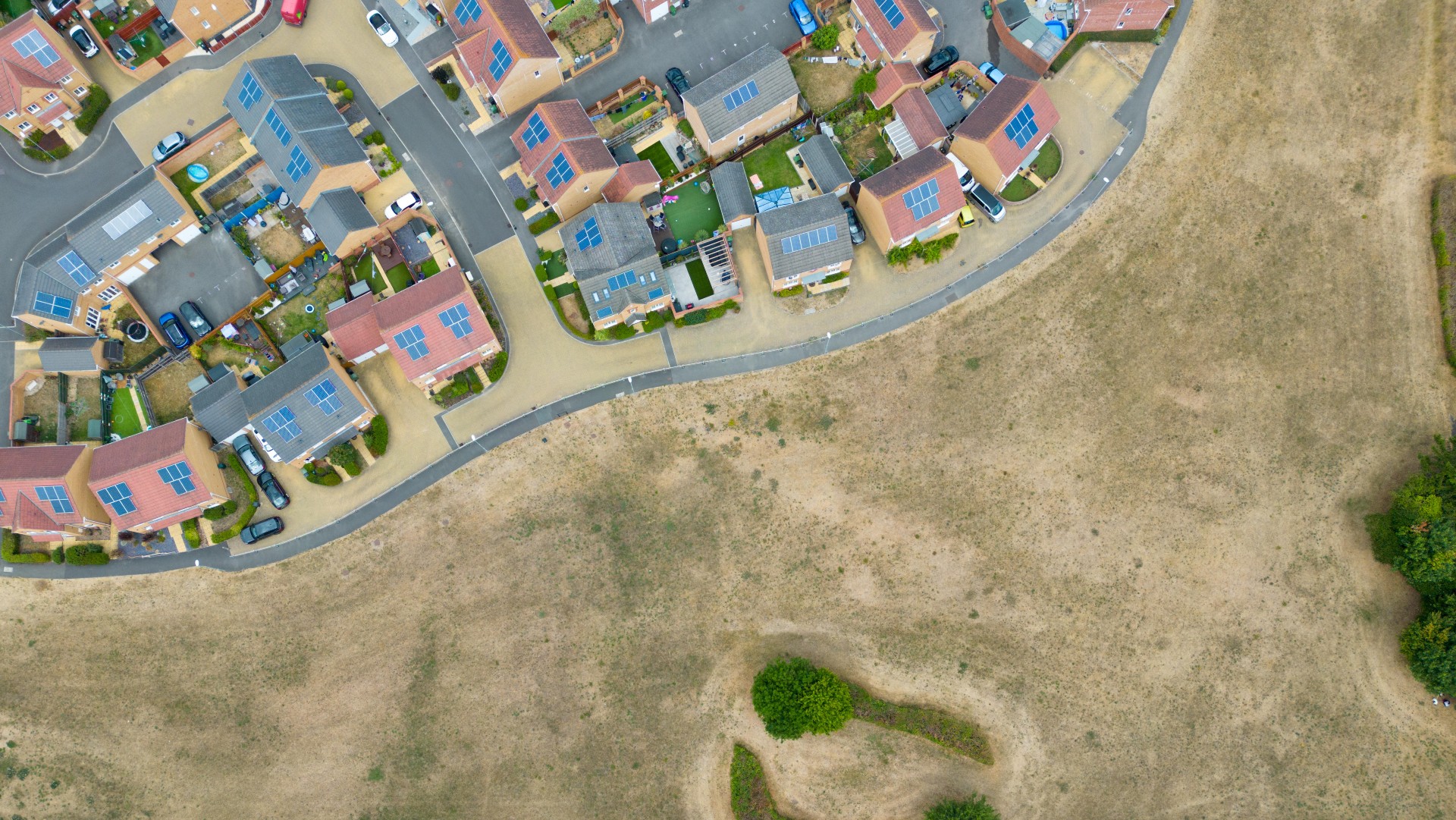 Pros and cons of building on the green belt
Pros and cons of building on the green beltPros and Cons More housing and lower house prices must be weighed against urban sprawl and conservation concerns
-
 The pros and cons of rent freezes
The pros and cons of rent freezesPros and Cons Proponents say rent controls provide stability for tenants, but critics claim they won’t fix the housing crisis
-
 The cooling housing market: what happens next for UK property?
The cooling housing market: what happens next for UK property?In the Spotlight The end of the latest boom is in sight. What kind of landing can we expect?
-
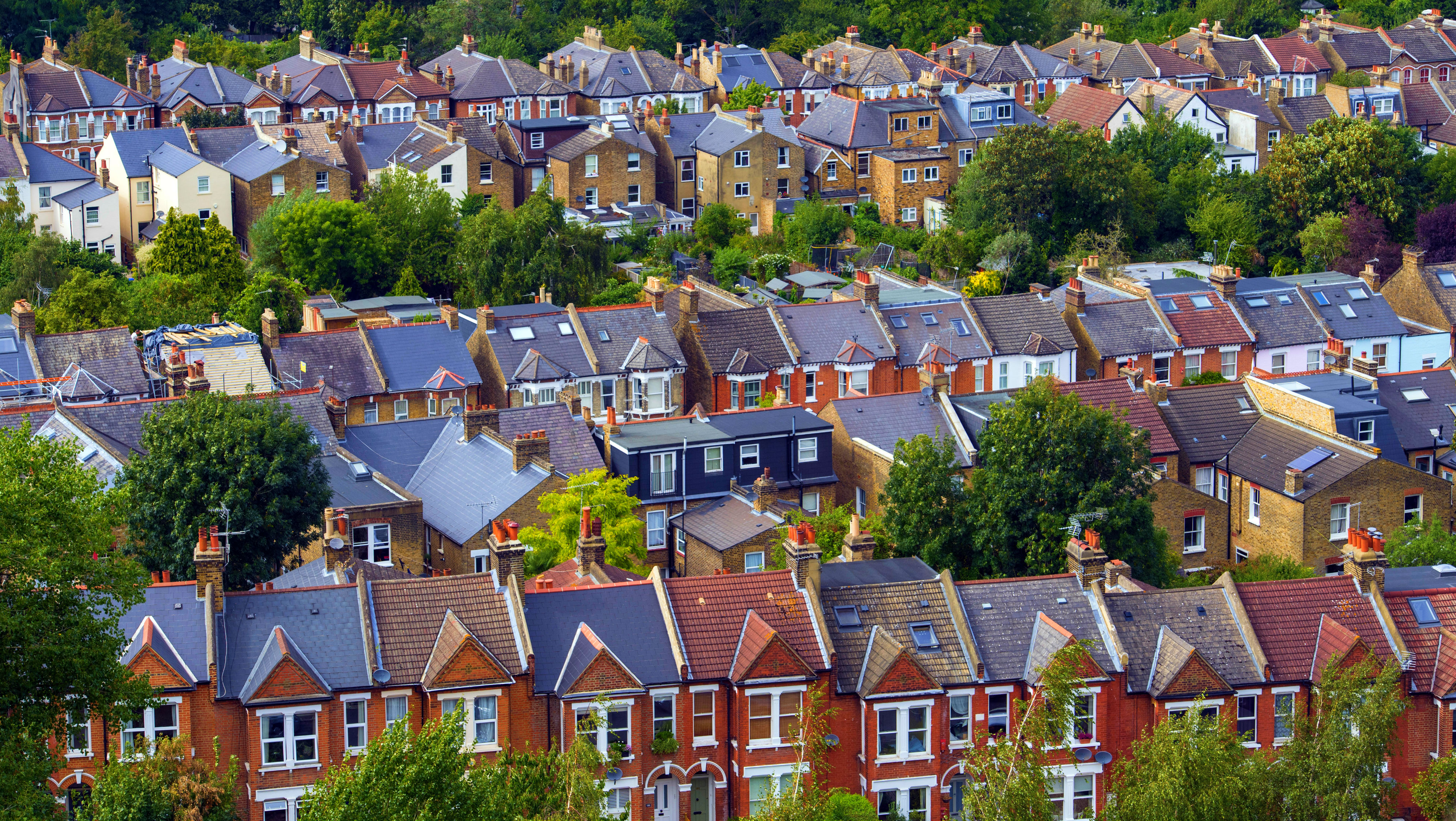 Shared ownership explained: how the home buying scheme works
Shared ownership explained: how the home buying scheme worksPros and Cons Getting on the property ladder is being made more affordable – but there are downsides